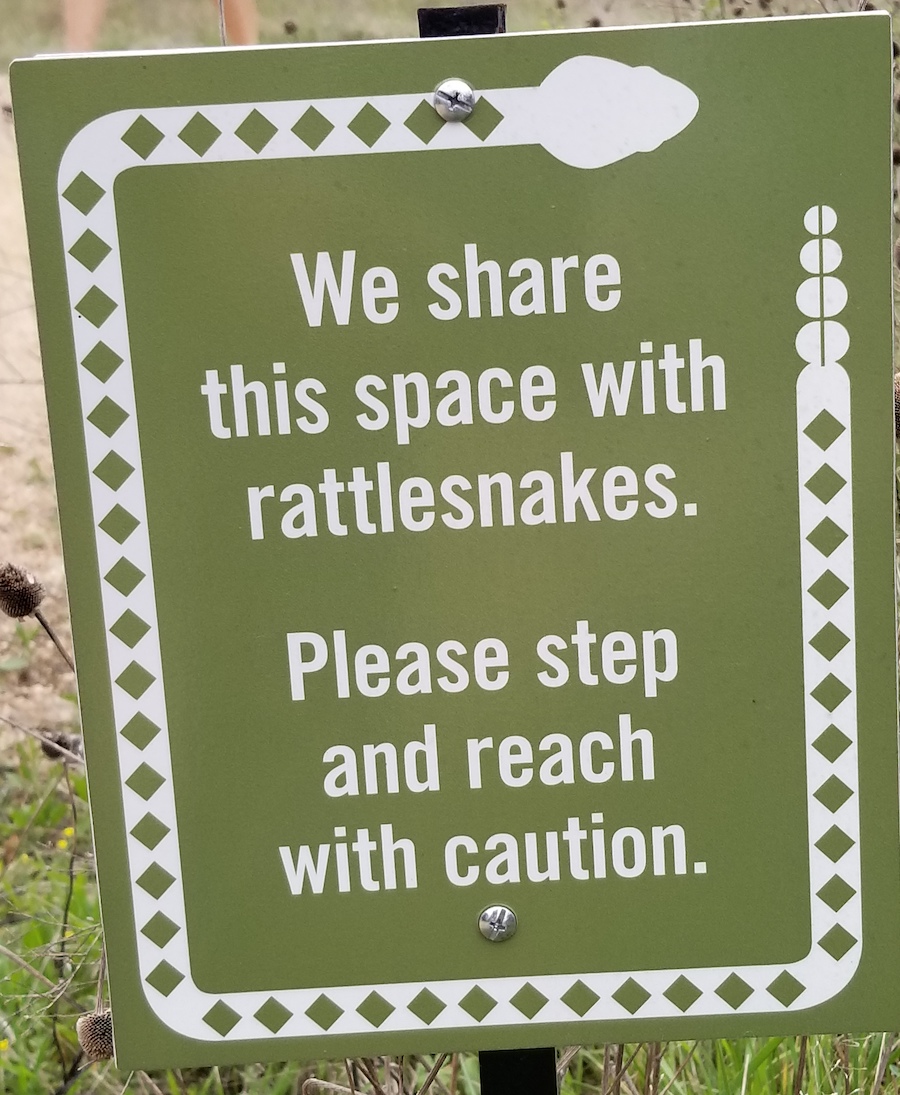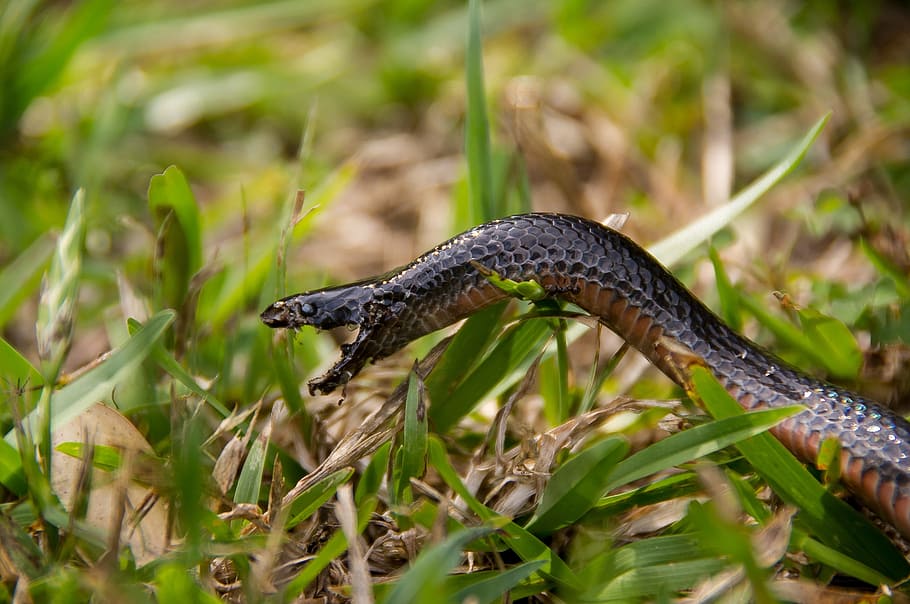
Think fast: You have a snake in the yard. What do you do?
If you answered, “Grab the hoe and attack,” think again. Almost all snakes do some good, and very few are dangerous.
Put down your sharp-edged garden tool, and let’s review what sorts of snakes are good to have around, and which are the exceptions you want to get rid of.
Snakes Good for the Home and Garden
Few snakes are bad news. Most you want to tolerate because of what they eat. Here are some snakes that help around the house and garden:
- Garter snakes are harmless to humans. If they feel threatened, and bite, you’ll walk away with a little cut at most. They do eat insects, small fish, amphibians, and earthworms. The downside to them is that they eat both pests and beneficial insects. So, you don’t want too many around.
- Gopher snakes are also non-venomous. Like much of the animal kingdom, they bite only when cornered. So stand back and let them do their work, keeping rodents in check.
- You’re more likely to see corn snakes as pets than in the wild. They tend to be 2 to 6 feet in length, and aren’t venomous. For food, they’ll go from rodents to amphibians and lizards to their own kind. If you have a rodent problem, whether they crawl or fly, a corn snake is a good friend to have.
- If you’re worried about possible venomous snakes around the home or yard, you want to check out the kingsnake. They’re like a biological pest control: They eat venomous snakes! They also eat frogs and rodents but keep them around if you’re in a poisonous snake area.
- There are other snakes such as the milk snake and rat snake that are harmless. Let them lounge around to help take care of outside pests that may otherwise run amok.
Snakes You Do Not Want
There are plenty of beneficial snakes you don’t want to get rid of but, there are hazardous snakes that post many dangers to you and your family. Let’s take a look at some common ones:

Rattlesnakes may eat many of the same things beneficial snakes munch on, but it’s not worth their temper. They are silent predators, lying in wait for prey to come by and can only bite in a coiled position. Best known for the sound they make as a warning, they shake their tail and it makes a rattle. If you hear that, slowly walk away from that noise.
Coral snakes are easily identified by their red, yellow, white, and black bands across the body. It is difficult for them to inject their venom into humans as they do so by chewing but, you don’t want to risk it. Especially since more poisonous snakes look like them. Children in the South, where coral snakes are mostly found, learn a rhyme: “Red touch yellow, kill a fellow.”
Cottonmouth snakes are semi-aquatic, which means they spend some time in the water. They’re also known as water moccasins and have fairly big triangular heads. Their eyes have a dark line through it and egg-shaped pupils, along with large jowls from the venom glands. They can be aggressive when threatened, but contrary to a popular myth, cottonmouths do not chase you. They tend to live where it’s wet, like irrigation ditches and swamps.
Copperhead snakes are mid-range when it comes to aggressive temperaments. They prefer keeping away from people and will thrash rather than attack outright. Their venom is rarely fatal but it’s something you can do without in your life. They have copper-reddish heads and are 2 to 3 feet long.
Each state has a unique group of poisonous snakes that inhabit it. If you’re curious about what venomous snakes are near you, there are many authoritative sources, including your local extension service.
How to Get Rid of Snakes Yourself
If you’re not particularly fond of having slithering scaly guests, there are a few things you can do to get rid of snakes yourself or deter them from coming come in the first place.
All-Natural DIY
- Keep the grass short. Snakes like higher grass to safely move about.
- Keep the yard tidy. Scrap piles, compost piles, garden sheds, woodpiles, fallen trees — anything a snake can hide in has to go.
- Get rid of the other pests. If snakes have nothing to eat, there is no reason for them to come. Any small rodents or insect pest problem needs to be solved.
- Sharp mulch. The less comfortable for the snakes to sunbathe the better. That also means you should cut back on stone slabs or landscaping rocks.
Repellents
There are many snake repellents on the market but they have a few things in common with all-natural repellants. Here are some known snake keep-away ingredients:
- Cedar oil
- Clove oil
- Cinnamon oil
- Rosemary oil
- Garlic oil
- Sulfur
- Naphthalene
Snake Professionals and When to Call Them

Sometimes you have to bring in the heavy-duty professionals and it’s certainly the quickest answer for how to get rid of snakes. If you’ve tried every home remedy and landscaping solution you can think of, if you’ve sealed your home and have a good pest management system but still cannot get rid of the snakes, it’s time to call a wildlife control or pest management company that also handles snakes. Rattler in the living room? Call a pro.
Make sure, when looking around for how to get rid of snakes with professionals, that you don’t sign up for the first pest control company you see. Most only handle rodents and insects. You want to double-check to make sure they take care of wildlife as well. Also, ask how they remove snakes. In all but extreme circumstances, you want it done humanely by removal and relocation.
Stay safe from the slitherers!
Main photo: Bull snake, by Carpedatum, CC by SA 3.0